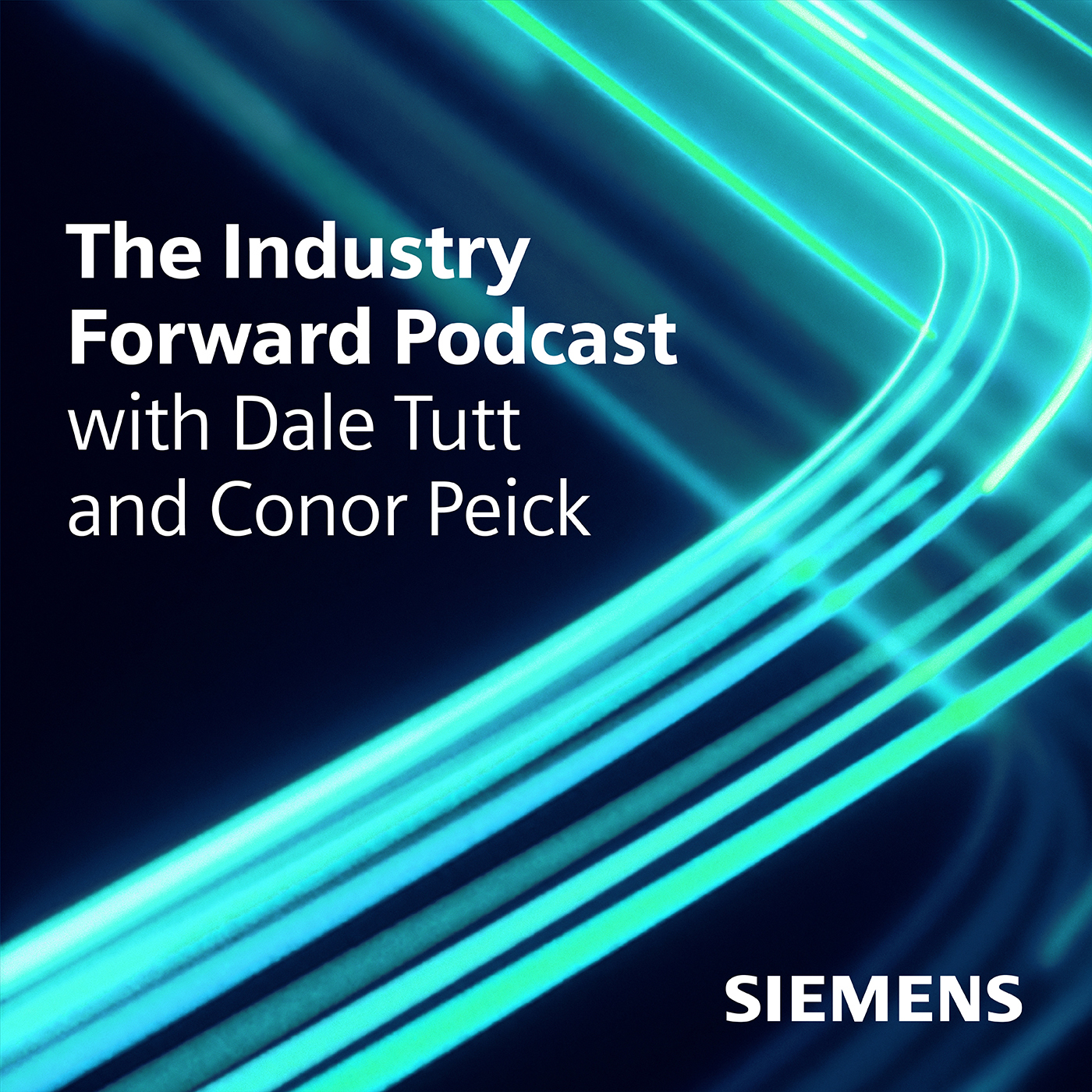The Future of Medical Devices and Pharmaceuticals with Jim Thompson – Part 2 – Summary

The Industry Forward Podcast, with hosts Dale Tutt and Conor Peick, now has a collection of episodes available that cover three interesting industries undergoing some significant changes. In this blog we are revisiting the second part of the first conversation published on the feed, looking at the interesting dynamics of the medical device and pharmaceutical industries.

In the first part of this conversation Jim, Dale, and I discussed the ongoing impacts of the COVID-19 pandemic on the medical device and pharmaceutical industries and covered a few other trends in supply chains, development methods, and more. Jim highlighted two significant and ongoing transitions:
- The pandemic exposed vulnerabilities in global supply chains for medical devices and pharmaceuticals, emphasizing the risk involved in depending on international manufacturing networks. This realization has prompted industry stakeholders to rethink supply chain strategies, focusing on resilience and local manufacturing capacities.
- Perceptions of medical device and pharmaceutical regulatory frameworks are changing due to the unprecedented development of the COVID-19 vaccines. The speed at which the vaccines were developed shattered previous notions about regulatory bottlenecks, demonstrating the potential for accelerated product development.
In part 2, we turned the conversation to talk about the growing integration of electronics in medical devices, which mirrors trends in other industries. First, Dale and Jim discussed how manufacturing capacities are being reshored in the wake of pandemic era disruptions. Next, we discussed how medical devices, like many products, are undergoing an evolution towards software and electronics-enabled features and functionality. Jim offered the example of smart blood glucose monitors that can provide patients with real-time information about blood sugar levels.
Dale expanded on the broader implications of integrating smart technologies into healthcare, noting that it may help increase patient engagement in their own health by increasing their access to health data. Next, Dale asked Jim about the regulatory distinctions between medical devices and consumer wearables like smartwatches and if the consumer-focused devices may become more useful in medical scenarios in the future. Jim explained that medical devices are designed to meet much more strict regulations and are subject to greater scrutiny to ensure their safety and efficacy. Consumer devices, on the other hand, provide general health information and may be useful for the user to keep track of general wellbeing.

These strict regulations also extend to medical software, software used on medical devices, and an emerging category of “software as a medical device”. Maintaining safety and security in medical software is complicated by the potential for over-the-air-updates to alter or add functionality to a device that may have a critical role in a person’s health and well-being.
We wrapped up the conversation by dipping into the advantages that digital transformation can deliver to medical device and pharmaceutical companies. Jim first explained that many companies have taken a cautious approach to digital transformation, but that it has a steadily growing adoption particularly for its ability to enhance operational efficiencies and product development through digital twins and digital threads.
For more on this topic, check out the podcast here, here, or maybe even here!
Siemens Digital Industries Software helps organizations of all sizes digitally transform using software, hardware and services from the Siemens Xcelerator business platform. Siemens’ software and the comprehensive digital twin enable companies to optimize their design, engineering and manufacturing processes to turn today’s ideas into the sustainable products of the future. From chips to entire systems, from product to process, across all industries. Siemens Digital Industries Software – Accelerating transformation.


